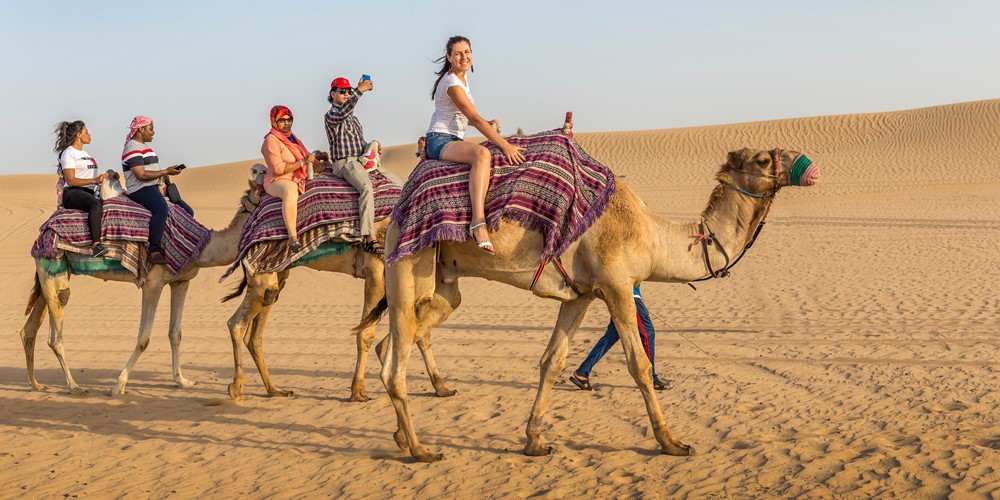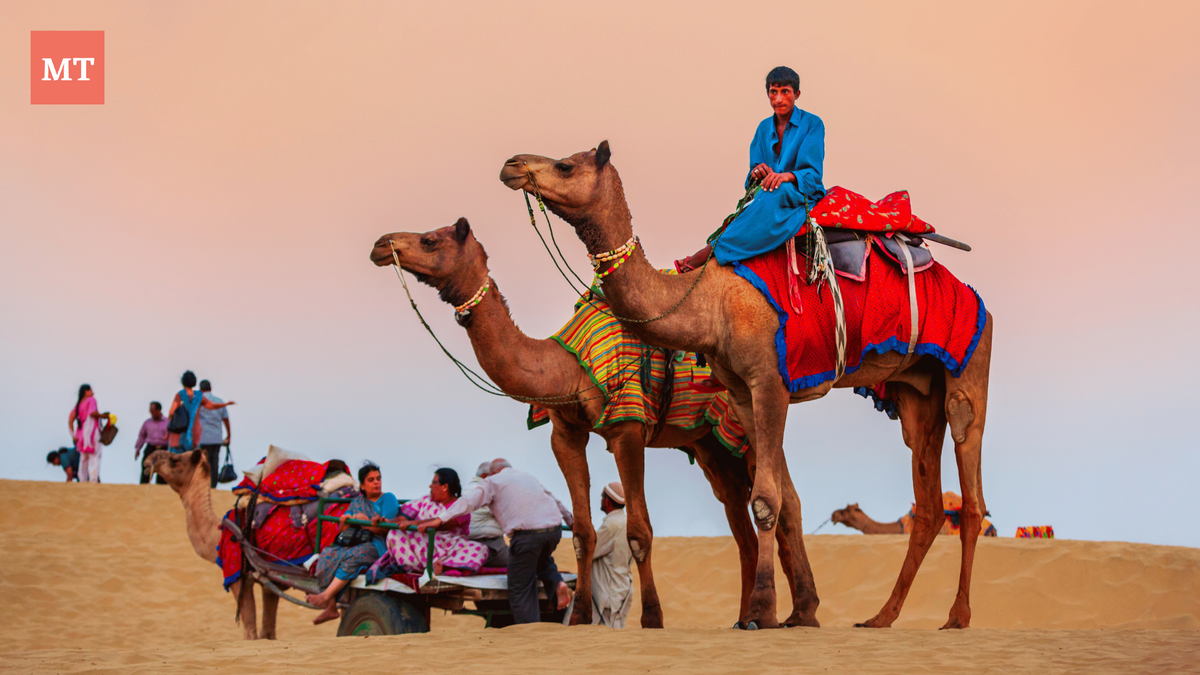Now Reading: Why Everyone Is Talking About Camel Safaris This Travel Season
-
01
Why Everyone Is Talking About Camel Safaris This Travel Season
Why Everyone Is Talking About Camel Safaris This Travel Season
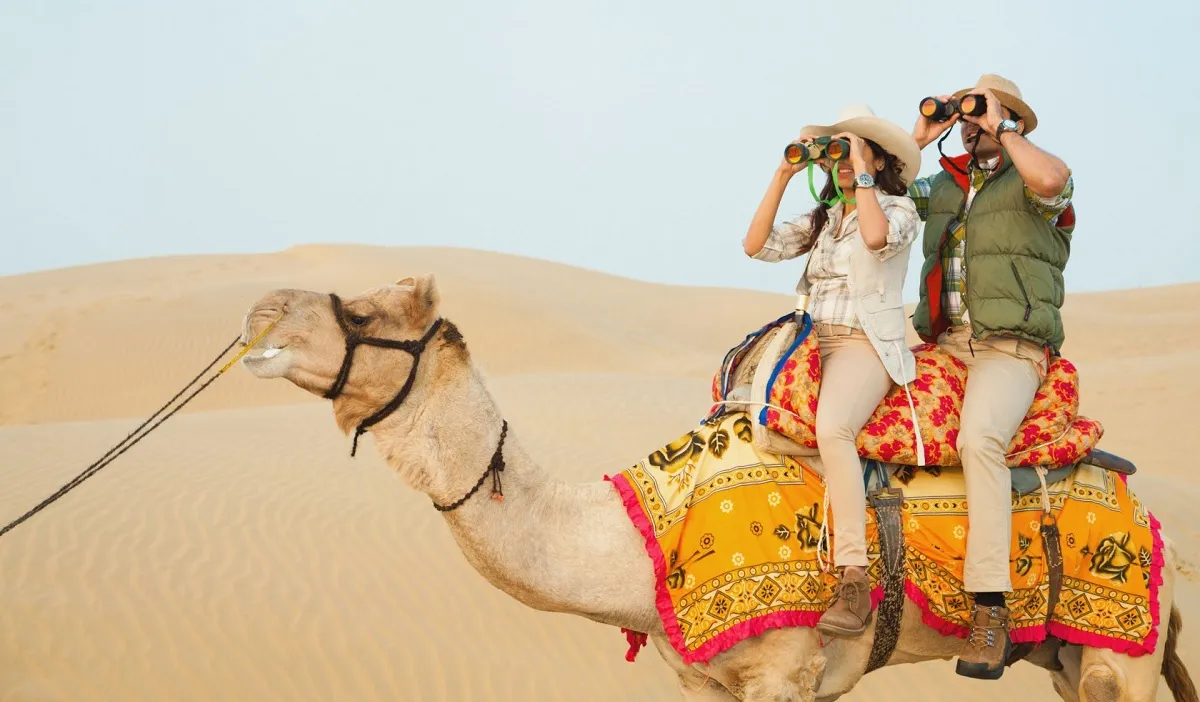
Table of Contents
Camel safari is one of the most exciting and unforgettable travel experiences in desert regions of the world. Whether it is the endless sands of Rajasthan in India, the majestic dunes of Dubai, or the wild beauty of Morocco’s Sahara Desert, a camel safari offers a perfect blend of adventure, tradition, and nature. This article will take you through everything you need to know about camel safaris, why they are so popular, what to expect, and tips to make the most of your ride.
What Is a Camel Safari?
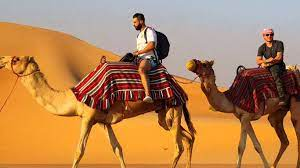
A camel safari is a desert journey on camelback. Tourists and travelers sit on a camel as it walks across vast sandy landscapes, giving them a feel of how ancient traders and desert people moved from place to place hundreds of years ago.
Camels, known as the “ships of the desert,” are strong animals that can survive in harsh desert conditions. They can carry travelers comfortably across sand dunes, dry riverbeds, and rocky desert plains.
Top Camel Safari Destinations in the World
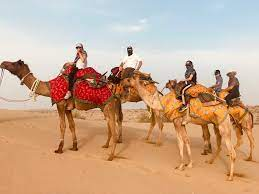
- Jaisalmer, Rajasthan (India):
The most famous place for camel safaris in India. Known as the “Golden City,” Jaisalmer offers beautiful sand dunes, desert villages, and sunset views that are perfect for photographers. - Dubai (UAE):
The Arabian Desert is another popular destination. Tourists can enjoy luxury camel safaris combined with cultural shows, dune bashing, and desert camps with traditional food. - Sahara Desert (Morocco):
This is one of the largest deserts in the world. Travelers ride camels to reach desert camps where they can experience Berber music, star-filled skies, and traditional Moroccan tea. - Wadi Rum (Jordan):
Also called the “Valley of the Moon,” this red desert is famous for its Mars-like landscape. Many movies like The Martian were shot here.
Why Is Camel Safari So Popular?
- Unique Experience:
Riding a camel is different from any other form of travel. The slow, rhythmic movement allows travelers to relax and enjoy the quiet of the desert. - Cultural Connection:
Camel safaris give tourists a chance to learn about the traditional life of desert people, their homes, food, and clothing. - Beautiful Views:
The desert looks stunning, especially at sunrise or sunset when the sand glows in shades of gold, red, and orange. - Photography Opportunities:
The wide-open desert offers perfect chances to take amazing photos — from silhouettes of camels against the sun to the endless dunes.
What to Expect on a Camel Safari?
- Duration:
Safaris can be short (1-2 hours) or long (overnight or multi-day). Longer safaris include camping in the desert with meals and music. - Food & Stay:
Overnight safaris usually include delicious local food like Rajasthani curry or Arabian kebabs. Some offer luxury tents with modern comforts. - Guides:
Trained local guides accompany tourists to ensure safety, share stories, and teach about the desert environment. - Weather:
Desert days are hot, but nights can be cool or even cold. It is best to wear light clothes in the day and carry a jacket for the night.
Tips for a Safe and Fun Camel Safari
- Wear Comfortable Clothes:
Long sleeves and loose cotton clothes protect against the sun and sand. - Use Sunscreen and Sunglasses:
The desert sun is very strong. Protect your skin and eyes. - Stay Hydrated:
Drink lots of water to avoid dehydration. - Follow Guide Instructions:
Listen carefully to your guide, especially while mounting or dismounting the camel. - Carry a Camera:
The desert landscapes and camel rides are too beautiful to miss capturing. - Don’t Overpack:
Bring only essentials like water, a hat, camera, and a scarf to protect from sand.
Best Time to Go for a Camel Safari
- Winter (October to March):
This is the best season for camel safaris. The weather is cool and pleasant. - Avoid Summer (April to June):
Desert summers can be extremely hot, making safaris uncomfortable. - Evening or Early Morning Rides:
To avoid the midday heat, most safaris are scheduled during sunrise or sunset.
Environmental Impact of Camel Safaris
Camel safaris are eco-friendly compared to vehicles because they do not use fuel or produce pollution. They also help local people earn income through tourism, keeping the ancient camel culture alive.
However, travelers should choose safari operators who treat animals well. Check reviews to ensure the camels are healthy, well-fed, and not overworked.
Conclusion: A Desert Adventure You’ll Never Forget
A camel safari is more than just a ride. It is an adventure that connects you with nature, history, and culture. Whether you want to explore the golden sands of Rajasthan, the vast Sahara, or the luxury deserts of Dubai, a camel safari will surely give you a lifetime of memories.
So, pack your bags, put on your sunglasses, and get ready to ride into the heart of the desert!
Read More:- Deyaar’s Latest Announcement Shakes Up the UAE Property Market



